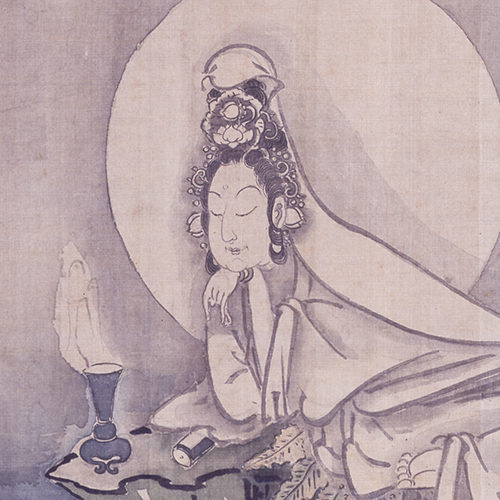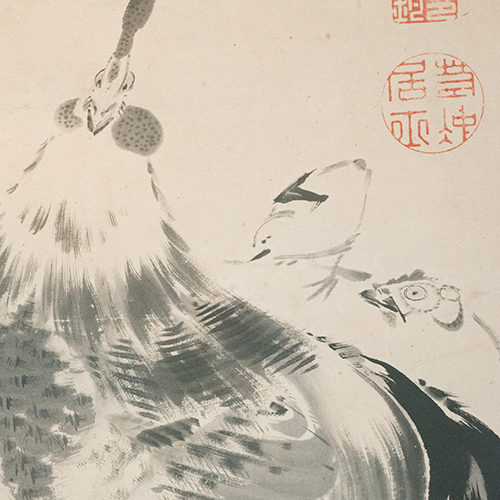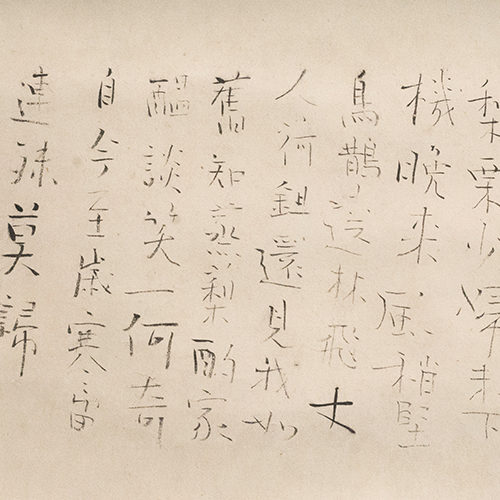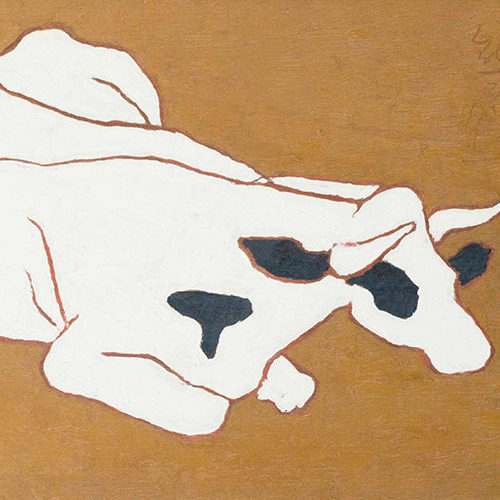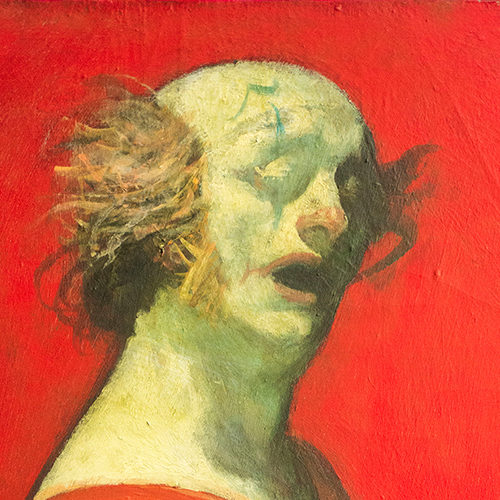Kakutei was Kaiyan Jōkō (1722-1786), a Ōbaku monk of the mid-Edo period. His Dogen was Xuanfeng, Keidatsu, and later Haiyan. His Buddhist names were Pure Yoku, Pure Light, and Pure Hiroshi. He was the heir to the fourth Gakumune of Seifukuji Temple in Nagasaki, and was initially a monk of the same temple. At the age of 25, he left the priesthood after the death of his master and became a student of Xiong Hui, a direct disciple of Shen Nanhai, where he studied flower-and-bird painting in the colorful sketch style and established his own distinctive style of painting. Later, he returned to Obaku and became the 6th abbot of Shiyunin, one of the 13 Rinryu temples of Mampukuji, and spent 15 years at Shiyunin. He was offered the position of abbot of Shofuku-ji Temple, but declined. He went to Osaka and then to Edo (now Tokyo). He loved painting from his childhood and excelled at flower-and-bird paintings, orchid paintings, and ink paintings of bamboo.
He was a close friend of Kimura Kenkido, Yanagisawa Kien, Ike Taiga, Ōbaku monk Taiho Shokun, and Monchu Jōfu, who spread the style of Chin Nanbin in the Kyōsaka area, and was a key figure in the spread of realism in the art world in the late Edo period.
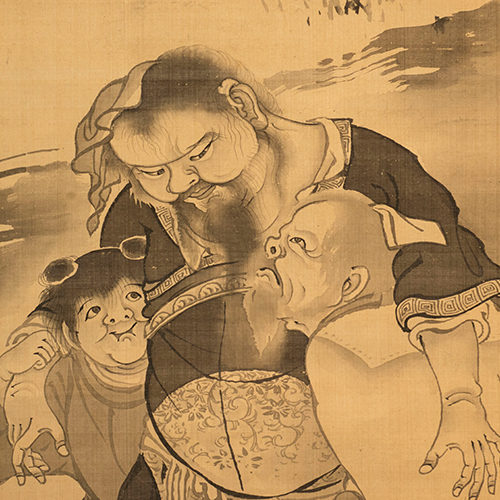
![Kyoto [Gallery-So] for purchase, sale, and appraisal of art works](http://gallery-so.net/wp-content/uploads/2020/05/so-logo.png)
